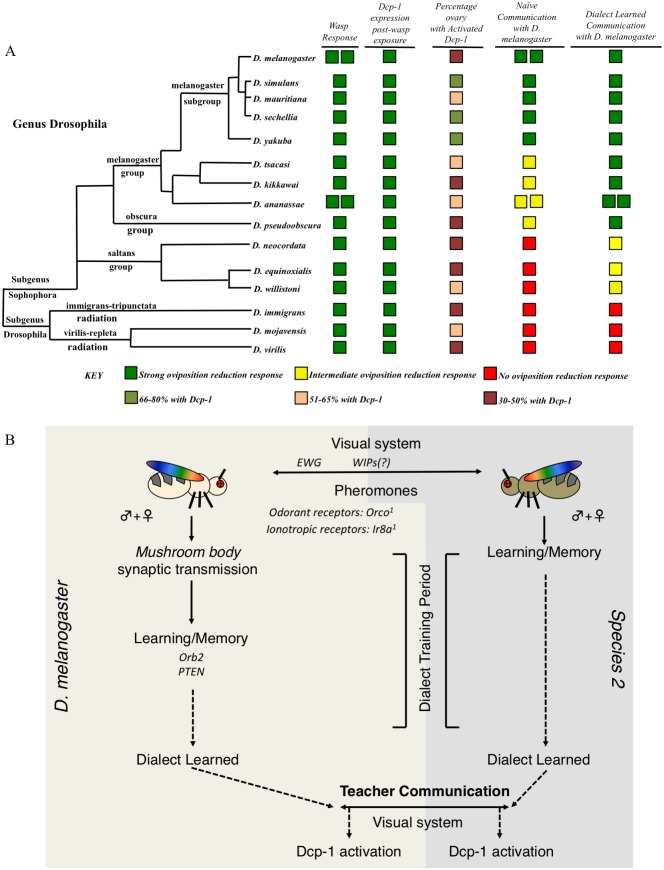Fig 8. Phylogenetic summary of dialect learning and pathway model for interspecies social learning.
Utilizing species across the genus Drosophila (A) demonstrates conservation of oviposition depression following wasp exposure, mediated by activated Dcp-1 to varying degrees and with varying expression patterns. The ability to communicate with D. melanogaster and the ability to demonstrate interspecies communication varies across the genus, with species closely related to D. melanogaster able to communicate without barriers. More distantly related species have difficulty communicating, though the barrier can be alleviated with dialect training. Finally, some species are too distantly related to communicate even after dialect training. Double boxes in a given row and column indicate multiple wild-type strains were tested. Interspecies communication is dependent on the presence of both male and female flies, the visual and olfactory systems, the mushroom body, and various long-term memory gene products (B). This model is based of the use of D. melanogaster and D. ananasse. Alleles tested in (B) are: Orco[1], Ir8a[1];Ir25a[2];Orco[1], Ir8a[1], Ir25a[2], ninaB[P315], Orb2ΔQ, ewg[NS4], Orb2[RNAi], PTEN[RNAi], FMR1[RNAi], and UAS-TeTx.

